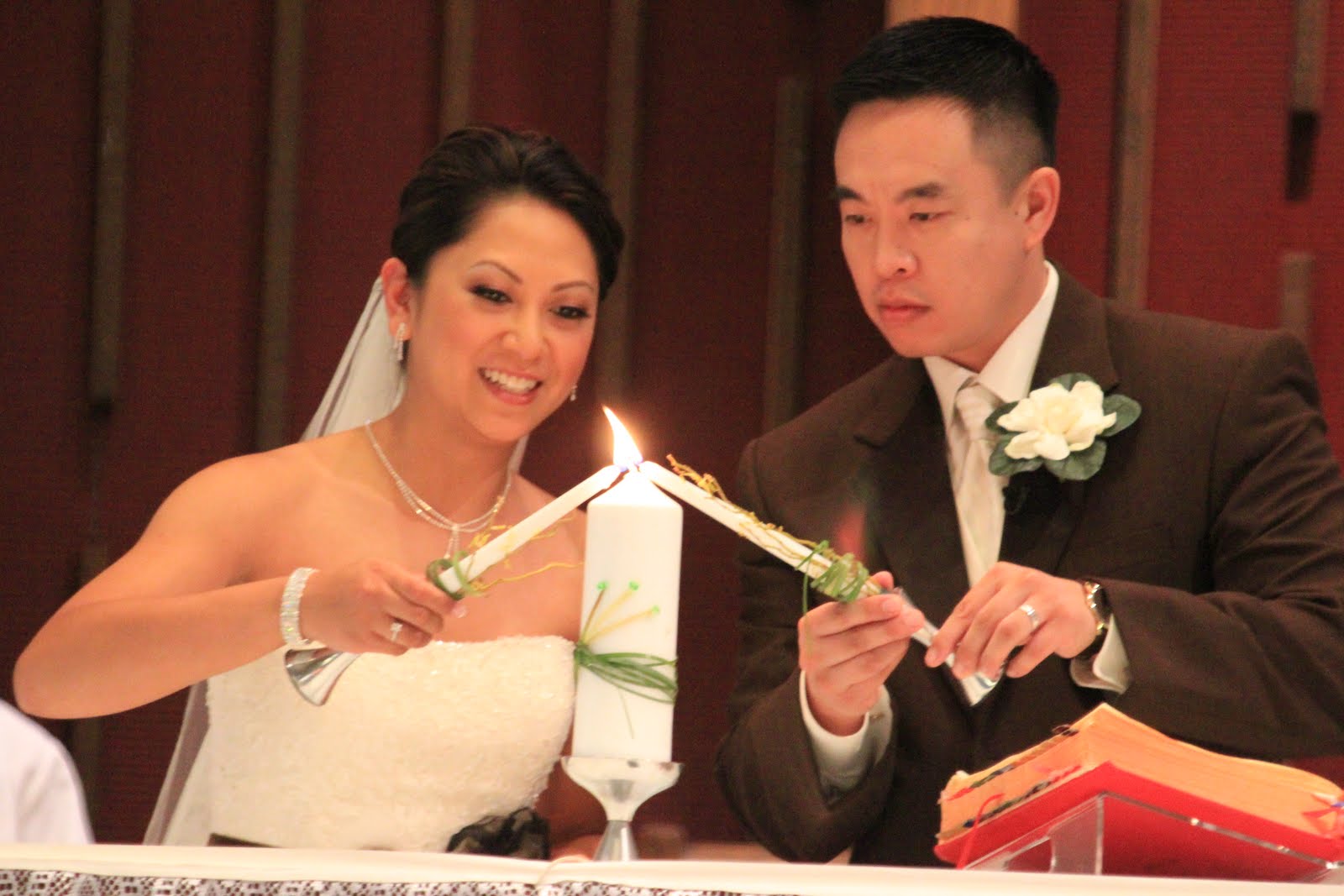In the video below I’ll be explaining a core essence of Filipino culture: bayanihan.
Bayanihan is a Filipino term derived from the word bayan meaning community, nation, or town. Pronounced like “buy-uh-nee-hun”, Bayanihan literally means, “to be a bayan”. Basically, it’s used to refer to a group or a community coming together and helping one another to achieve a common, greater goal. It promotes a culture of empowerment and empowerment of every person through innovation, teamwork and action.
Moving homes
One of the best and most known examples of bayanihan is the past tradition of neighbors helping a relocating family. Volunteers are gathered within a community to help carry a whole house to a new location.
Unlike modern houses today, which are made from cement, concrete and bricks, traditional Filipino houses were made from nipa and bamboo; and built on stilts. This example of bayanihan is done by placing long bamboo poles crosswise and lengthwise below the house. Its then carried using this bamboo frame.
As you can imagine, this is a heavy task, and it requires a fairly large number of people, often about 15-30 people, depending on the size of the house. They work together to carry the entire house to its new location. While it’s tough, all this is done in a festive and happy mood. At the end of the day, those who received help will express their gratitude often in form of hosting a small fiesta for those who helped. Everyone has worked hard, and it’s now time to party!
Kababayans
The Bayanihan spirit shows Filipinos’ concept of supporting each other most especially in times of need. Another feature is that one should is helping another at free will, without expecting anything in return. Filipinos strongly believe in supporting their “kababayans” (fellow countrymen). They do this in any possible way they can and actively reach out to offer help. It’s a beautiful Filipino mentality of helping one another.
The traditional form of bayanihan is rarely performed nowadays. More and more people have moved from small rural communities to large cities for their career. However, it’s beautiful to see that the bayanihan spirit lives on. For example, during natural calamities or disasters we see a strong sense of community. Filipinos will reach out and help their kababayans in need. This is the Bayanihan spirit.



No Comments